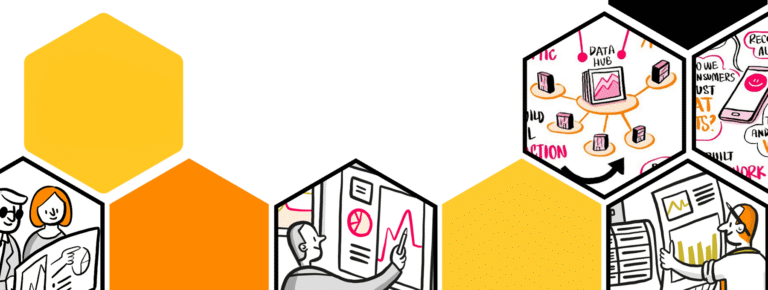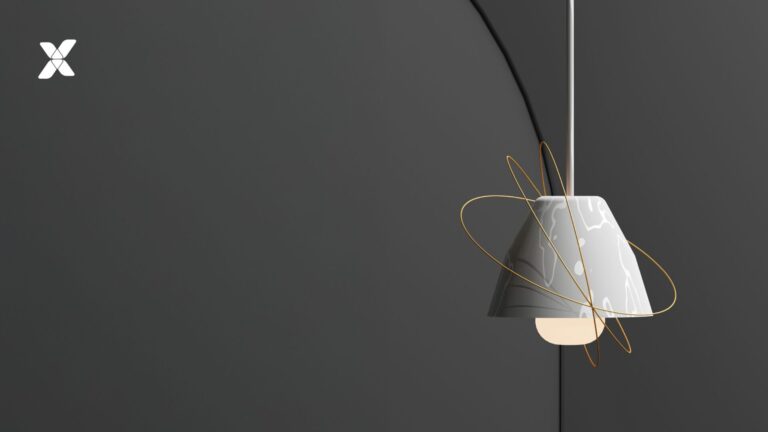So once again we find ourselves with a new term coined in service of SEO that sounds like nothing more than re-defining the past . . . said another way – the things you should have already been doing. Such is life . . . and business too. The latest is Phygital. Yes, it’s hard to say and reminds me more of making small nervous movements with one’s hands and feet than it does anything related to marketing or ecommerce. But perhaps I am being too harsh and there is a need to revisit this “mash-up” of ideas, channels, and touchpoints.
After all, if the recent pandemic taught us anything, it was that our ways of shopping and all of our commerce strategies were ripe for a change. Almost overnight digital commerce became our new retail platform. And almost no category was spared. From traditional retail to entertainment to groceries to healthcare. You know the world changed when Walmart’s “Holiday Shop-Along Spectacular” allowed viewers to buy some of its fashion items directly via the massively popular video app TikTok.
So a quick history lesson:
1990: The Desktop Web Era began with the expectation of self-serve. Almost overnight fully 60% of banking activities transitioned to desktop (i.e. check my balance, see if that check cleared).
2007: The Mobile Era began with the expectation of anywhere, anytime, anything. Businesses like Macy’s saw the lifetime value of multi-channel customers jump to 5 times that of single channel customers.
2014: The Immersive Digital Era began with expectations of a more personalized, immersive experience. Companies like Walgreens saw 50% of all mobile app traffic happening while consumers were in a store.
So what era are we in now? Well, now we are simply living in a Digital World. There is no more digital strategy, just strategy in a digital world. The expectations are simple: digital should be an “invisible thread,” enabling experiences but not defining them. Brands that fully understand the world today are focused on the EXPERIENCES . . . experiences defined by the quality of time spent and the activation of more senses than see and hear. That is where Phygital comes in. It’s an immersive experience that simply works to the benefit of both parties involved — the customer and the business. Just like in any good relationship.
Below are six examples of phygital experiences that are playing out in our digital world.
Interactive Product Descriptions
As customers continue to embrace online experiences, companies are responding with interactive content. Videos including tutorials, how-tos, and product demos can go a long way in increasing customer engagement, product confidence, trust and ultimately conversion rates. The key aspect of these videos is the embedded links which enable viewers to buy the products in that very moment — without ever leaving the video. This seamless path to purchase showcases physical products in a digital storybook.
Livestream Ecommerce
Somewhat similar to tutorials and how-to videos, livestream ecommerce brings the customer buying journey to a whole new level relative to a text-only product description. The major difference with livestream ecommerce is the prefix ‘live.’ Given the real time nature of these events, they are interactive, fluid, and personalized. Since 2020, Nordstrom has hosted over 50 virtual events, combining the store experience and the digital world…truly a phygital experience.
Related Reading: Livestream Ecommerce is the Future of Shopping
|
Want more advice on this topic? |
QR Codes in Ecommerce
A phygital customer journey can also be enhanced with the use of QR codes. These easy to scan matrix barcodes can go a long way in promoting interaction and engagement.
Take, for example, the introduction of QR codes at restaurants. Using your mobile device, you can scan a QR code allowing you to:
- check-in for your reservation
- display the restaurant menu
- access coupons
- make payments
- leave a review
- sign up for a loyalty program
- access the WiFi login
- give permission for contact tracing
All of the above could be accomplished in a single restaurant visit. With the onset of the pandemic, QR code downloads soared 750% over the last 18 months, according to Bitly. Yet, it is likely not a fad.
These types of experiences will continue to emerge even after social distancing subsides thanks to the convenience and safety it offers consumers as well as the reduced staff and printing costs for the restaurant. A QR code also gives restaurants more information on their customers. But not every customer will want to rush back into a store or restaurant. And not every customer will want to use technology. Therefore, your phygital experience must account for the various types of customer you target.
Related Reading: The Role of QR Codes In Your Ecommerce Strategy
Wearable Tech
Wearables offer a unique phygital opportunity. Take Disney, for example. Disney MagicBands function not only as a guest’s hotel room key, but also as the park admission medium, food/merchandise payment method, and FastPass ticket. For Disney, this implementation provided access to previously untapped metrics and analytics, which helped them increase resource management accuracy by 20% and accommodate 3,000 additional visitors a day.
Wearables are changing the game in almost every industry. They offer enhanced experiences for consumers and unprecedented opportunities to collect data, learn about consumer behavior, and deliver more personalized content. Phygital technologies give brands new opportunities to stay connected with customers through an integrated experience that spans both digital and physical channels.
Real-World Customer Center
As digital transactions become more commonplace, some traditional industries face challenges in defending their physical presence. Banks are a prime example as Millennials may not see the need for branches. This places almost every aspect of the bank’s value chain under significant pressure from fintech start-ups. And, while customers can complete most banking transactions online, not all customers want to go solely online for the handling of such sensitive information. Phygital strategies can help solve problems like this.
For example, Capital One which first launched as a digital-only bank realized the need for human interactions and began building branch locations at the end of 2015. But, unlike traditional bank branches, Capital One built coffee shops. With 40+ cafes, they offer a more modern banking experience, with co-working spaces, workshops, and educational/coaching centers. Capital One is a new kind of bank built on digital tools and human connections.
Interactive Kiosk Solutions
A classic example of phygital is using a so-called kiosk. Whether at the airport, a bank, or a restaurant, a kiosk allows users to perform routine tasks quickly and efficiently using digital technology in a specific physical space. We’ve all used one, and they’re so commonplace that most consumers don’t even think about this as a digital experience – it’s just how things are done.
However, in a post-COVID world, there will be many ways kiosks can be used to improve the phygital experience. Imagine walking into a fast-food restaurant and entering a kiosk that already knows you’re there through geofencing. The kiosk will greet you, recommend items you’ve bought before, and match the information you have in your mobile apps, such as dietary restrictions and payment information. Technology like this will speed up and simplify kiosk experiences of the future, making them more customer-centric, more attractive, and safer.
How Vaimo Can Help
Customers want more than just a picture of a product; they want to interact with it and make sure that they know every detail about the product before purchasing – which is why we will see an increase in phygital product pages in the coming years.
For phygital stores, this means that you need to think beyond just your website and visual merchandising solutions; phygital experiences are customer-driven and should be enabled within every aspect of the business.
At Vaimo, we are omnichannel and phygital pros. Since the inception of this methodology, we have been helping clients increase their revenue and engage with their customers through a true omnichannel, phygital approach. We can help you learn more about building a seamless customer experience – throughout the whole customer lifecycle. Get in touch with our team of experts to learn how we can help you.








